XPG's version of the Intel NUC M15 adds blazing fast PCIe 4.0 storage to a well-rounded, modern Ultrabook.
XPG's parent company ADATA — known for its RAM and storage solutions — entered the laptop market last year with the XPG Xenia 15, a gaming laptop I thought had some enticing features but was noticeably a first effort. XPG has since branched out with the Xenia Xe "Gaming Lifestyle" Ultrabook based on Intel's NUC M15 design. It's a 15-inch notebook with Intel Evo certification, sturdy aluminum construction, long battery life, and a bright display. It also has attached to it a rather hefty price tag. Is it worth the money? I've been using the XPG Xenia Xe for just over a week to find out.
Intel Ultrabook
XPG Xenia Xe
Bottom line: XPG's Xenia Xe brings strong performance (especially from the PCIe 4.0 SSD), stellar battery life, and a premium build quality, as well as some truly useful features you don't find in many other laptops. A price drop will no doubt make the keyboard and plain design a whole lot more palatable, but it's still a well-rounded 15-inch Ultrabook that should be considered by anyone in the market.
Pros
- Dual Thunderbolt 4
- XPG's PCIe 4.0 storage is so fast
- Presence detection and IR camera
- Bright and colorful display
- Long battery life and high-end performance
Cons
- No SD card reader
- Keyboard could be better
- Plain design might not be for you
- FHD display with 16:9 aspect ratio is only option
- Glossy display causes glare
XPG Xenia Xe: Price, availability, and specs
ADATA provided Windows Central with a review unit of its 15-inch XPG Xenia Xe. This laptop is based on Intel's NUC M15 reference design, with a rather simple chassis but a ton of features. There are Core i5 and Core i7 versions of the laptop available, with up to 16GB of RAM, 1TB solid-state drive (SSD), and 15.6-inch FHD IPS display.
My review unit has an 11th Gen Intel Core i7-1165G7 processor (CPU), 16GB of LPDDR4x-4266MHz RAM, 1TB M.2 PCIe 4.0 M.2 NVMe SSD, and integrated Intel Iris Xe graphics. This exact model costs about $1,600 at Best Buy and Newegg. There's also a Core i5 model with 8GB of RAM and 1TB SSD that goes for about $1,300 at Amazon and $1,400 at Newegg.
Following are the exact specs as found in the review unit.
| Category | Spec |
|---|---|
| OS | Windows 10 Home |
| Processor | 11th Gen Intel Core i7-1165G7 4 cores, 8 threads Up to 4.70GHz |
| RAM | 16GB Dual-channel LPDDR4x-4266MHz Soldered |
| Graphics | Intel Iris Xe Integrated |
| Storage | 1TB M.2 NVMe SSD PCIe 4.0 XPG Gammix S50 Lite Upgradeable |
| Display | 15.6 inches 1920x1080 (FHD) Touch, IPS Glossy |
| Ports | Two Thunderbolt 4 Two USB-A 3.2 (Gen 2) HDMI 2.0b 3.5mm audio |
| Audio | Dual stereo speakers Down-firing |
| Connectivity | Intel Wi-Fi 6 AX201 Bluetooth 5.1 |
| Camera | Front-facing 720p IR camera |
| Keyboard | 1.2mm travel Backlight |
| Touchpad | Glass |
| Security | Kensington lock slot |
| Battery | 73.41Wh Fast charge |
| Dimensions | 13.98 x 9.06 x 0.59 inches (355mm x 230mm x 14.9mm) |
| Weight | 3.64 pounds (1.65kg) |
| Color | Silver |
| Material | Aluminum |
Plain design, many features
XPG Xenia Xe: Design and features
XPG's Xenia Xe is built into a relatively thin but rigid aluminum frame that measures just 0.59 inches (14.9mm) thin and weighs in at 3.64 pounds (1.65kg). You might say the look is either plain or clean depending on your preferences; the only branding is a small triangle badge on the lid with XPG's logo inside. The design has grown on me in the last week, no doubt helped by just how solid and well built the laptop feels.
Two relatively narrow hinges are firm and hold the lid in place. The display can rotate back 180 degrees to lie flat, but no farther since it's not a convertible. Along the back edge of the chassis is the fan exhaust, while the bottom of the laptop has a sizable intake for the dual fans.
There's a lot of space on the keyboard deck, including strips of flat chassis that flank the keyboard. It would be nice to see speakers here for top-firing audio — like the Dell XPS 15 — but instead they're relegated to the front side edges. The speaker covers on the bottom might be plastic and a bit unsightly, but sound from them is loud and remains clear. Everything can be tweaked through Intel NUC Audio Studio software, and once I made some changes the bass was much easier to hear. Above the keyboard is a grille for some extra venting and a bit of style to break up the plain aluminum.
The keyboard might be the laptop's weakest point, at least for someone who types all day and is used to larger keycaps. Key travel is good at about 1.2mm and the press isn't too mushy, but it's the tiny keys that I find difficult to become accustomed to. There's so much space here that it kind of looks like the keyboard belongs to a different laptop. Navigation keys are even relegated to the arrow keys, accessible with the Fn shortcut despite all the available room. I do appreciate the number pad Fn shortcuts, as will anyone often working on spreadsheets or tables. I'm getting used to the Xenia Xe's keyboard now that I've been typing on it all day (and so will you), but it will never be a favorite of mine.
The XPG Xenia Xe's glass touchpad is one of the best I've used this year.
The touchpad is a different story. It's wide, it's as tall as it can be due to the keyboard taking up so much space, and the glass construction is smooth and tracks well. The click is as good as it gets. It doesn't take much pressure and it's nearly silent, but the tactile feel is spot on. No rattle, no chunky click. If the keyboard and upper grille didn't take up so much space it could stand to be a bit larger, but otherwise I have no complaints.
Port selection is respectable here, especially when even the larger modern Ultrabooks are moving away from anything but USB-C and Thunderbolt. The Xenia Xe's left side has Thunderbolt 4, HDMI 2.0, and USB-A 3.2 (Gen 2). The right side, along with a Kensington lock slot, has another Thunderbolt 4, USB-A 3.2 (Gen 2), and a 3.5mm audio jack. The lack of an SD card reader is a letdown, especially for anyone working with something like photos, but at least you can connect to one of the best Thunderbolt 4 hubs and docking stations for extra connectivity. As for wireless, you get Wi-Fi 6 and Bluetooth 5.1.
The Xenia Xe's camera setup includes a front-facing 720p standard camera (totally workable but nothing special) and an IR camera for Windows Hello. On the latter front, facial recognition is paired up with presence detection capabilities that can log you into your laptop before you touch anything. It works surprisingly well, and it will even lock the PC once it senses you're no longer nearby. This is a great feature for anyone in an office who is dealing with sensitive material. It comes enabled by default, but it can be disabled through the Intel NUC Software Studio. A privacy shutter would have rounded things out nicely.
Finally, there's a lightbar along the front edge of the laptop that can be synced up with Amazon Alexa. It's kind of a strange feature, made worse by the fact that it seems to sit completely dormant if you don't use Alexa. Battery level is already handled by the LED on the power button — it drops from white to orange when the battery is low — but why not set the light bar up for customization or even just a plain white glow? It seems like a wasted feature.
Good but glossy
XPG Xenia Xe: Display
We've long been advocates for display manufacturers moving to a taller display aspect ratio. Unfortunately, that's not the case here, with a 16:9 aspect ratio and 1920x1080 (FHD) resolution for the touch display. A 3:2 or even 16:10 ratio would push this laptop onto the next level, but as it stands it's a totally respectable screen. Its size seems even larger than it really is thanks to slim bezel and relatively thin chin. It's bright and colorful, and there's no backlight bleed if you're watching movies late at night. There's even an automatic brightness sensor you can use to adjust the display automatically. It can be disabled through Windows settings.
Testing with a SpyderX Pro colorimeter, I got back 97% sRGB, 78% AdobeRGB, and 80% DCI-P3 color reproduction. These are all good results and contribute to the display's overall clean look. Brightness hit 493 nits at peak and dropped down to just 11 nits at the lowest point. The glossy finish is going to nevertheless cause issues if you're attempting to work outdoors, but otherwise glare should be manageable.
I do have to mention that the screen really isn't meant for gaming due to its average response time and refresh rate. Even though the Xenia Xe is marketed as a "Gaming Lifestyle" laptop, you'll want to check out our roundup of the best gaming laptops if you really want a complete entertainment package with high-performance display. And it would be nice to see the option for a 4K screen here for anyone who's getting into specialized work.
Looooong battery life
XPG Xenia Xe: Performance and battery
The Xenia Xe comes without bloatware. There's no antivirus beyond Windows Defender, and the only proprietary software is Intel's NUC apps I mentioned above. You get a pure Windows experience with the Xenia Xe, which is certainly worth something when many manufacturers load a PC up with useless software. It's snappy right off the bat, not being dragged down by myriad updates and downloads for apps you'll never use.
If you're looking for an Ultrabook that you can take to the office or on a flight without worrying about plugging in, the Xenia Xe will do the trick.
Part of what sets XPG's version of this laptop apart from that of some other manufacturers is the Gammix S50 Lite PCIe 4.0 M.2 SSD. It's from the same lineup as the XPG Gammix S70, which I also reviewed as the fastest SSD we've ever tested. Unsurprisingly, the S50 Lite is also a stellar SSD, coming in at 5,003MB/s read and 4,264MB/s write speeds. That's only slower than the VAIO Z's SSD we tested a few months ago. Say you need a laptop for working with large video or image files; the combination of Thunderbolt 4 and PCIe 4.0 SSD transfer speeds should be a great pairing.
The Xenia Xe is certified for Intel Evo, meaning it provides consistent performance even on battery life, it can wake from sleep in less than a second (helped by presence detection), and it can deliver more than nine hours of life on a charge. Using the laptop for the last week for work, it's been nothing but snappy under a relatively heavy multitasking duty. The Core i7 CPU put up strong numbers, coming in just below some of AMD's Ryzen 7 chips and an Intel H-series Core i7 in Geekbench 5. Take a look at how the Xenia Xe compares to a bunch of other laptops we've recently reviewed.
Integrated graphics performance is solid so you could use it for some light gaming, but as mentioned, don't buy this as a gaming laptop despite what the branding says. The dual fans already run often with the included hardware, but at least thermals are good. The laptop never gets too hot, and the fans aren't noticeably loud unless the system is under particularly heavy load.
The Xenia Xe's battery life is phenomenal. It doesn't have an Intel H-series CPU, dedicated GPU, or 4K display sucking up extra power, allowing it to last 14 hours and 18 minutes on a single charge in PCMark 10's Modern Office rundown. That was with screen brightness at about 50% and the Windows 10 power plan set to Better Performance. If you're looking for an Ultrabook that you can take to the office or on a flight without worrying about plugging in, the Xenia Xe will do the trick.
15-inch market
XPG Xenia Xe: Competition
Dell's XPS 15 is one of the first laptops that comes to mind as competition for the Xenia Xe. It's our pick for best 15-inch laptop thanks to an incredible 16:10 display available in FHD or UHD resolutions, modern performance hardware including dedicated NVIDIA Laptop GPU, and overall premium design with comfy keyboard and huge touchpad. It fixes a lot of the smaller issues I have with the Xenia Xe, but it also doesn't deliver some of the same useful features like presence detection or as long of battery life.
The Surface Laptop 4 15 is another high-end Ultrabook available with Intel or AMD performance hardware. It's slim, it has a stunning 3:2 high-res display with touch and inking, and it has one of the best keyboards around. However, it is lacking Thunderbolt and you might not get as good of battery life.
For those looking at a true gaming laptop, the Razer Blade 15 is a premium option available at a premium price. It has multiple display options up to FHD with 360Hz refresh rate or QHD with 240Hz refresh rate, there are plenty of configuration options (with NVIDIA RTX 30-series Laptop GPUs), and much more. If you'd like to spend less and still get a great gaming machine, the HP OMEN 15 is also a fantastic option that starts at a lower price than the Blade 15.
Wait for a price drop?
Should you buy the XPG Xenia Xe?
Who it's for
- Those who want excellent battery life and overall performance
- Those who want a 15-inch FHD touch display
- Those who want Thunderbolt 4 ports and Wi-Fi 6
- Those who have about $1,300 or more to spend on a laptop
Who it isn't for
- Those who need a dedicated GPU
- Those who want a display resolution higher than FHD
- Those who dislike a keyboard with small keys, wide spacing
- Those who can wait for a price drop
The XPG Xenia Xe is a well-rounded 15-inch laptop with the right modern features to tempt people into the relatively high price tag. On one hand, I dislike the keyboard, I dislike the display's 16:9 aspect ratio, and I wish there were more than just one FHD option with glossy finish. The plain design isn't so much of a problem now that I'm used to the look, but I know some will not appreciate the flat aluminum style.
On the other hand, performance and battery life are top tier, even if this isn't truly a gaming laptop as some advertising might suggest. The Gammix S50 Lite PCIe 4.0 SSD from XPG is a great bonus, port selection with Thunderbolt 4 is generous (save the lack of SD card reader), and extra features like presence detection, automatic screen brightness, and an IR camera for Windows Hello are more than welcome. The screen is also plenty bright and offers good color reproduction despite its other shortcomings.
Then there's the matter of the price, with Core i5 models starting at about $1,300. That's not an awful price if you're looking at all the features and performance in a vacuum, but you can find other 11th Gen Ultrabooks with very similar appeal at a lower price. To be fair, manufacturers like Dell, HP, and Lenovo — which seem to be leading the pack in terms of innovation — sell a whole lot more laptops, allowing them to keep prices down.
If you can afford the price tag and value above all else high-end performance, long battery life, and a rigid premium build with decent port selection, the Xenia Xe should be a great laptop. But if you want more display options, a better keyboard, and a dedicated GPU, some of the other best Windows laptops might be more deserving of your money.
Intel Ultrabook
XPG Xenia Xe
XPG's Xenia Xe is a good laptop at the set price; knocking a couple hundred dollars off would make it great. If you value high-end Ultrabook performance, long battery life, and a bright, colorful FHD display, it should be considered.

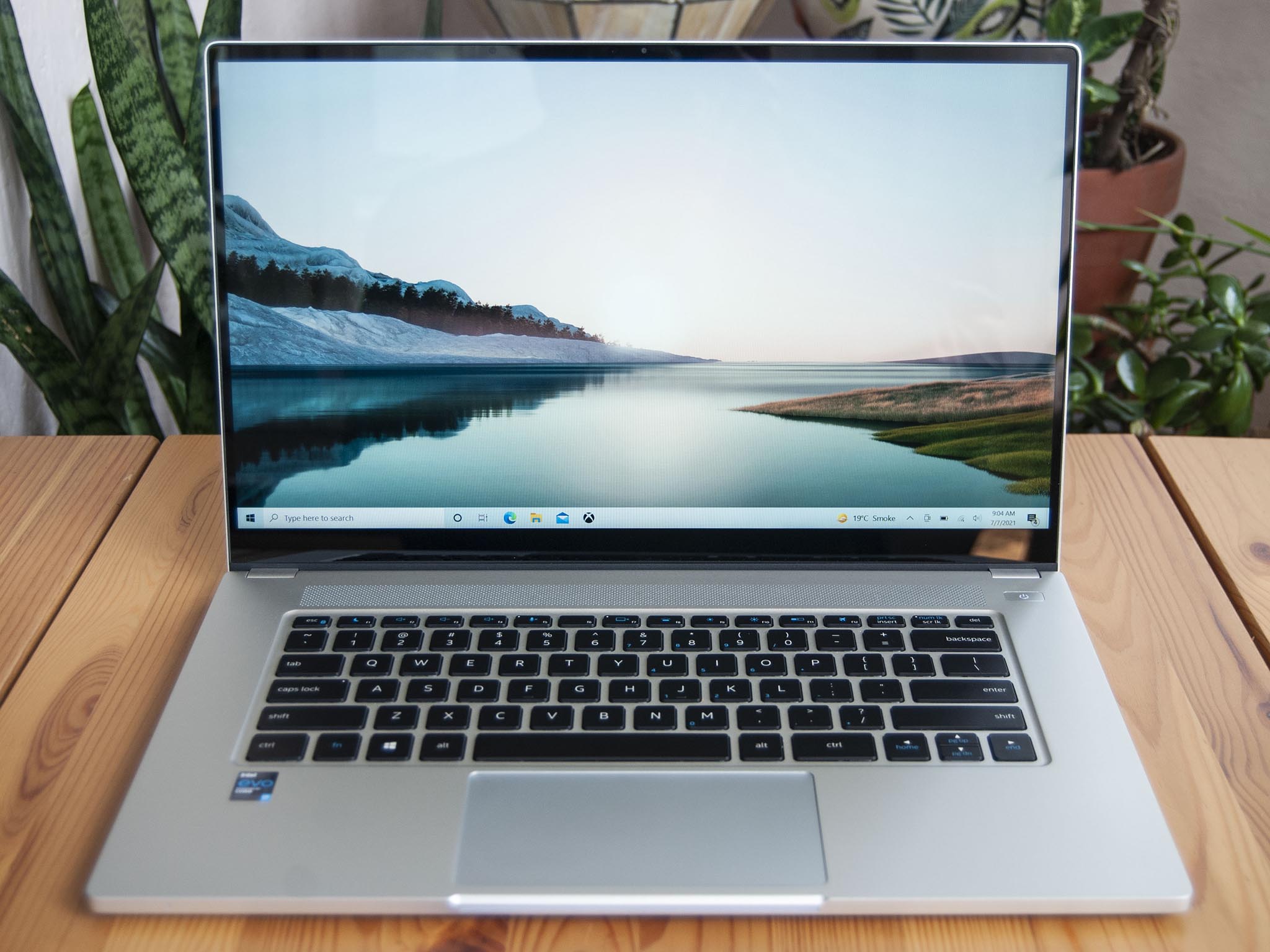






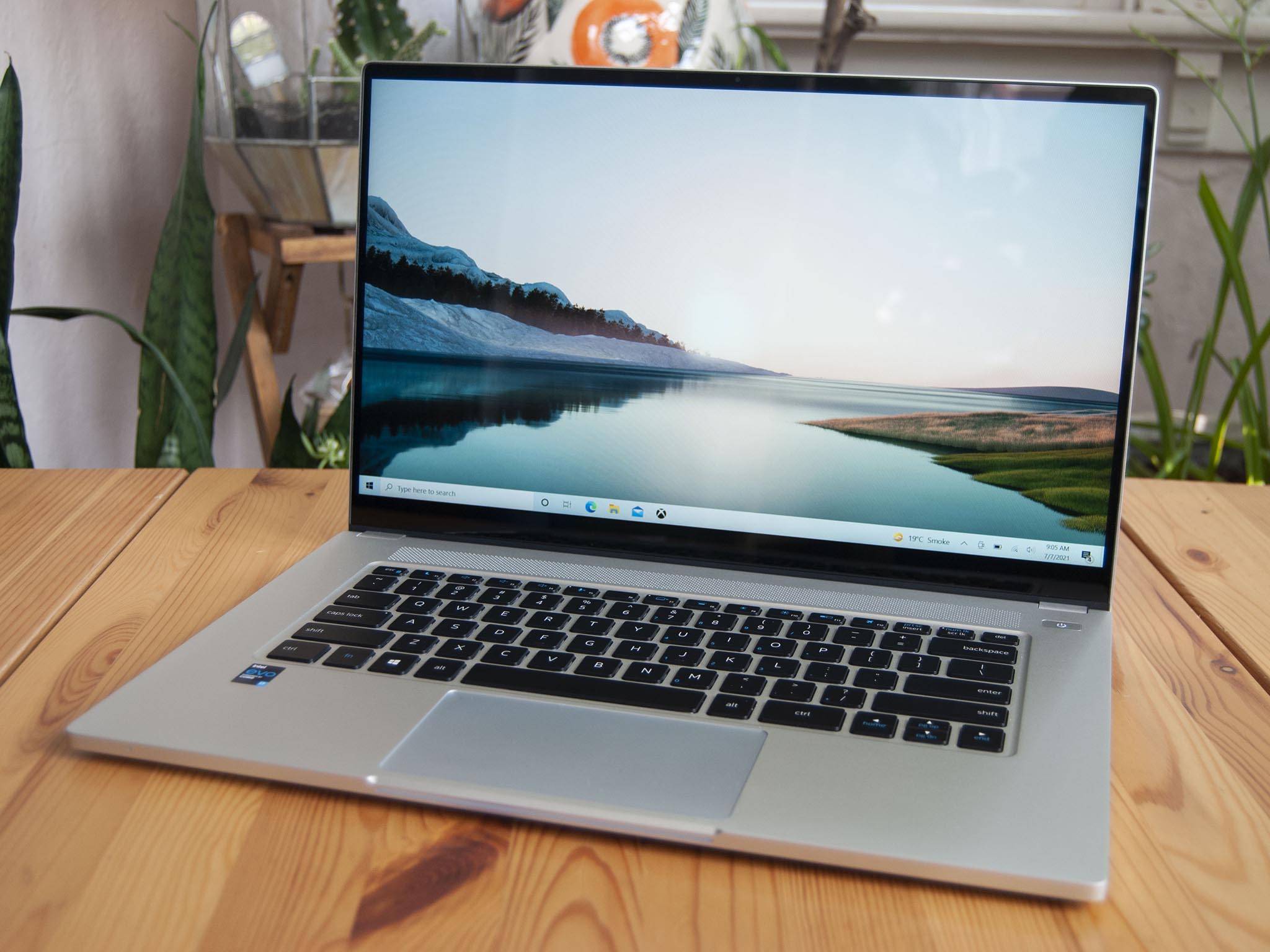

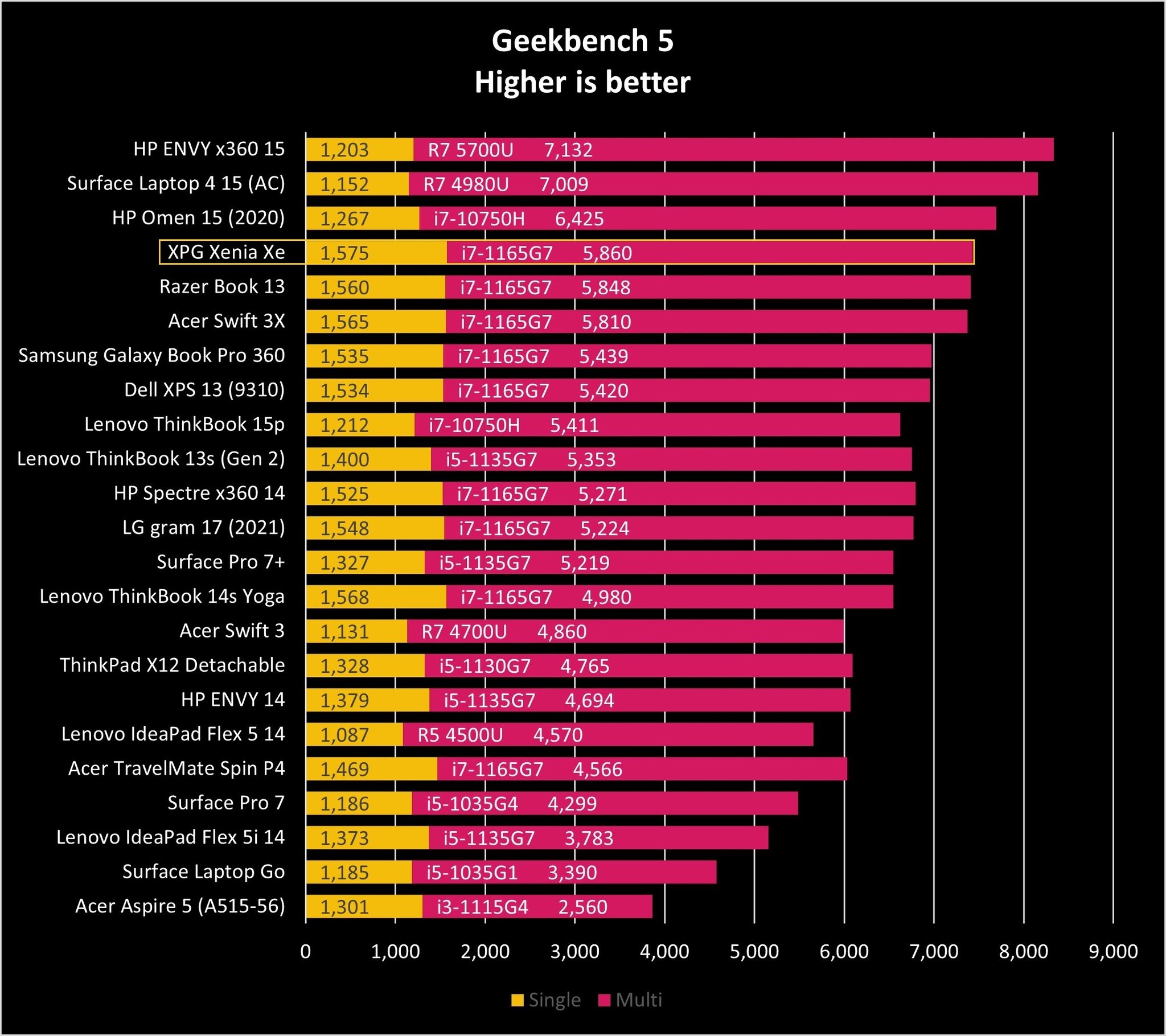
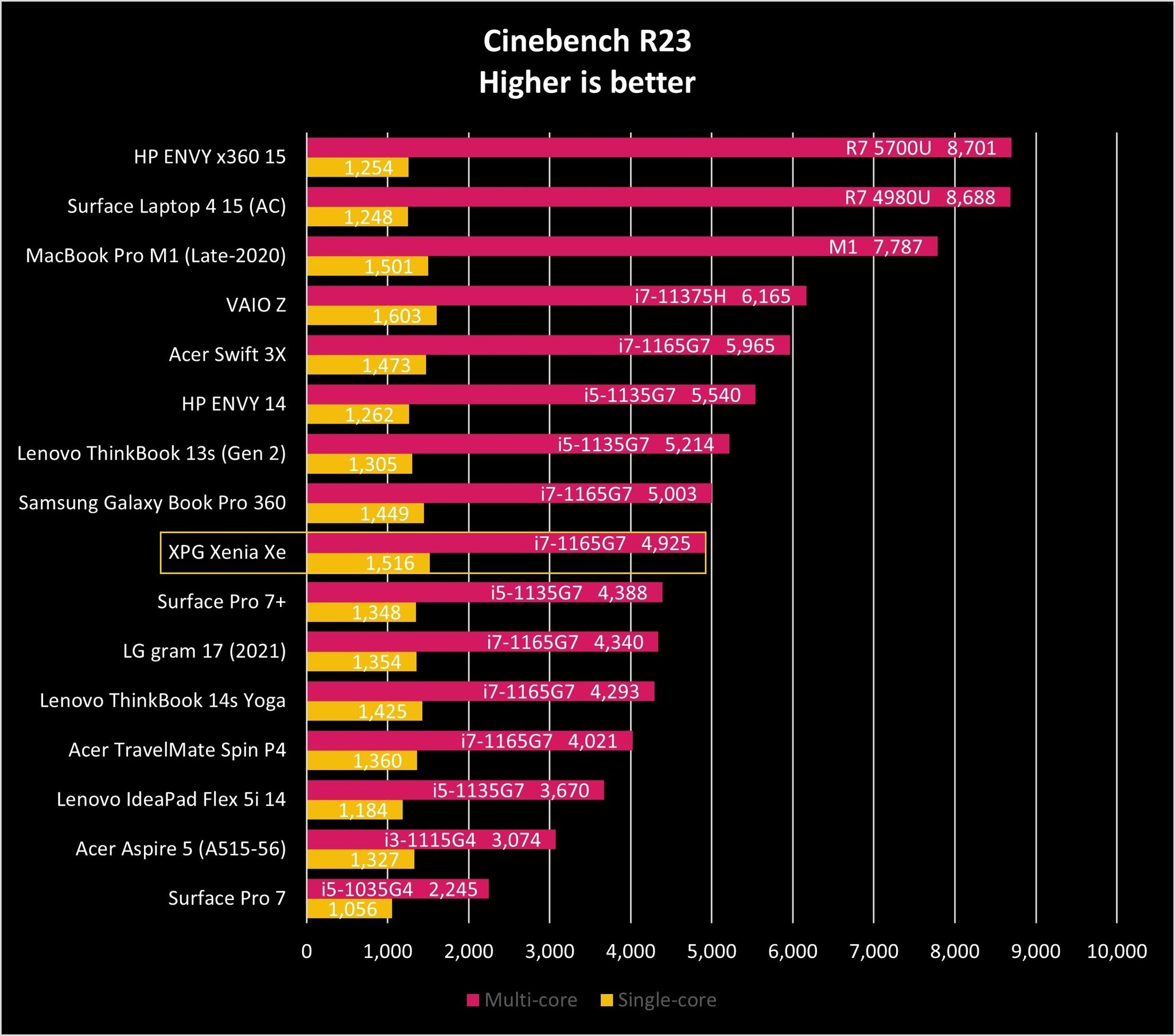
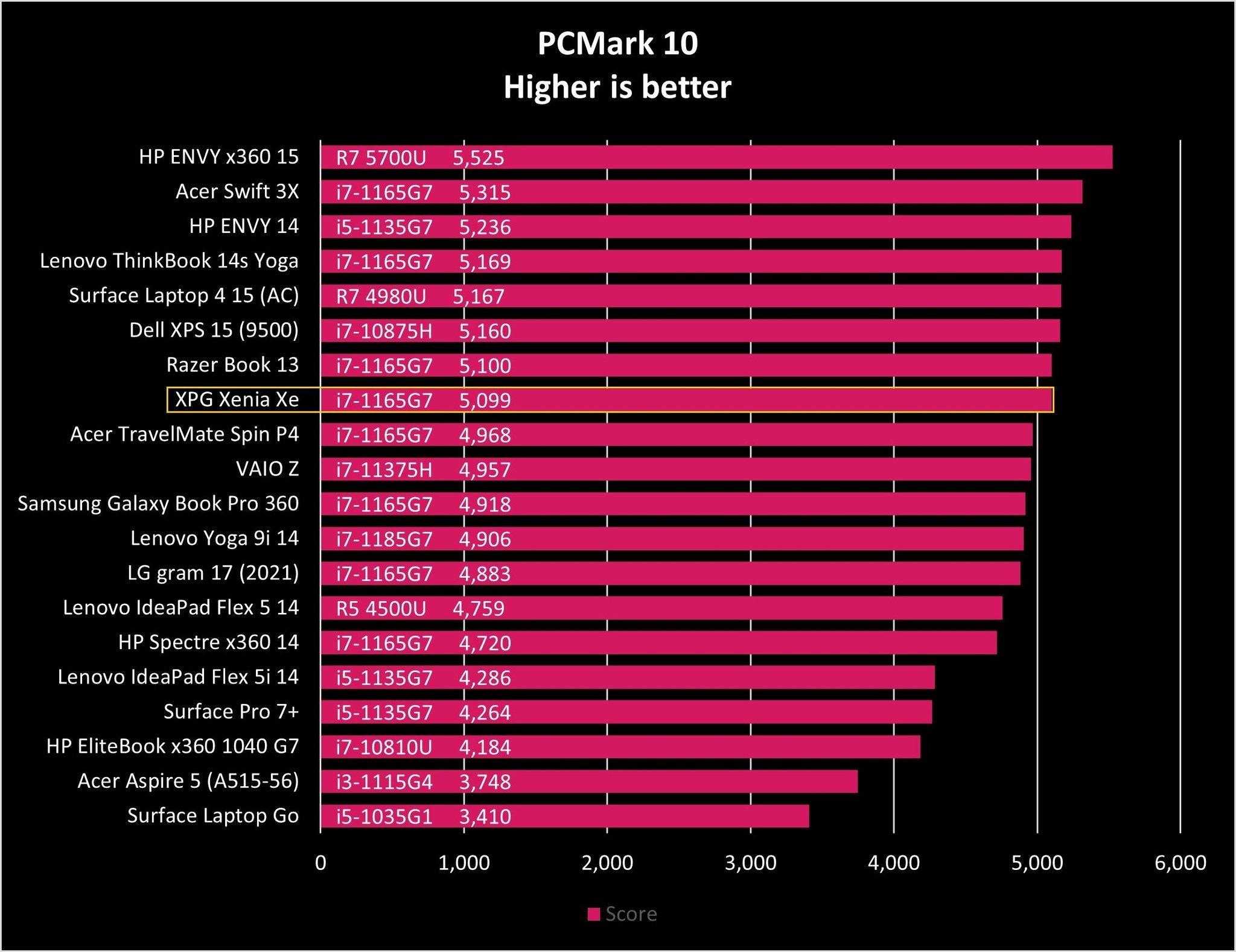
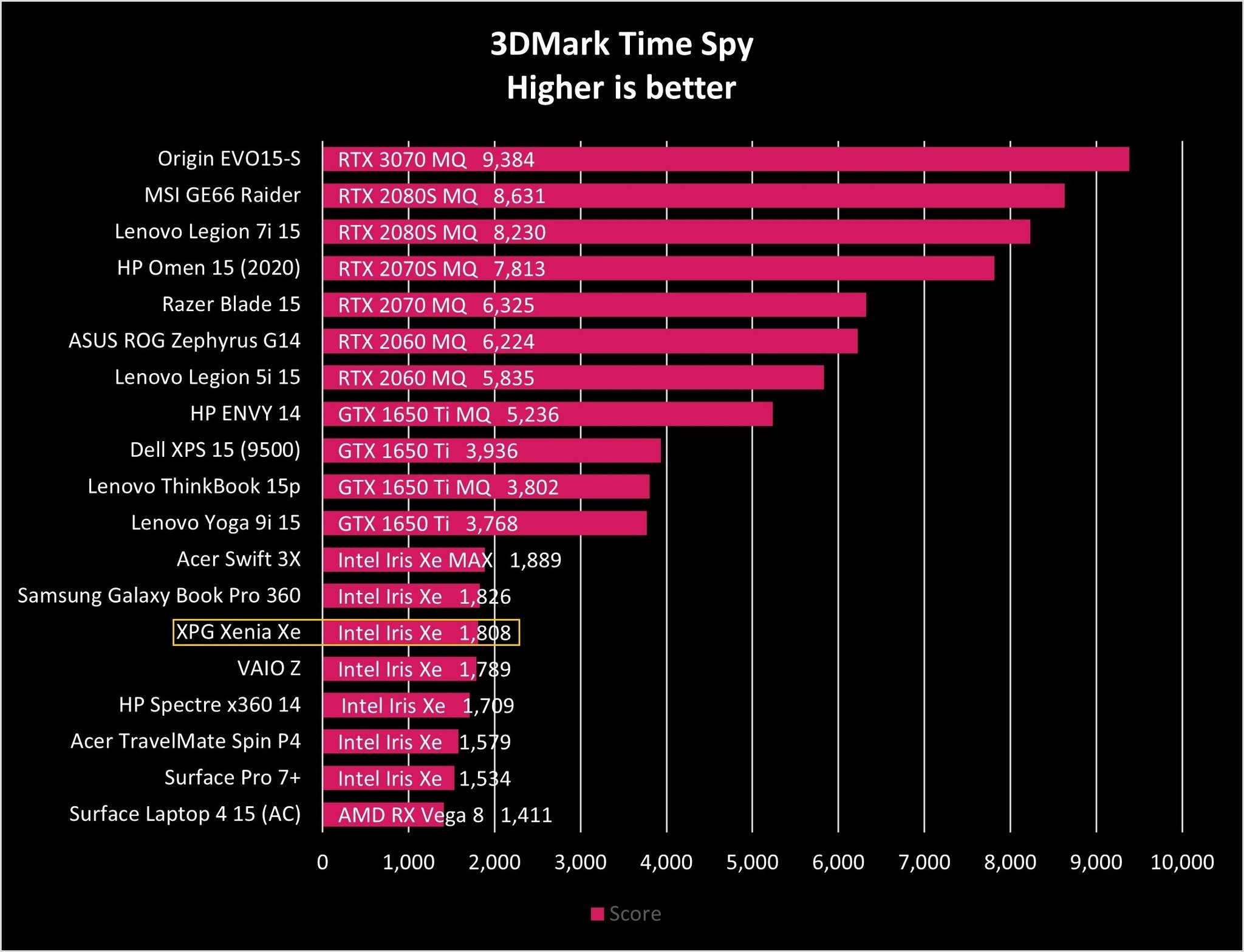
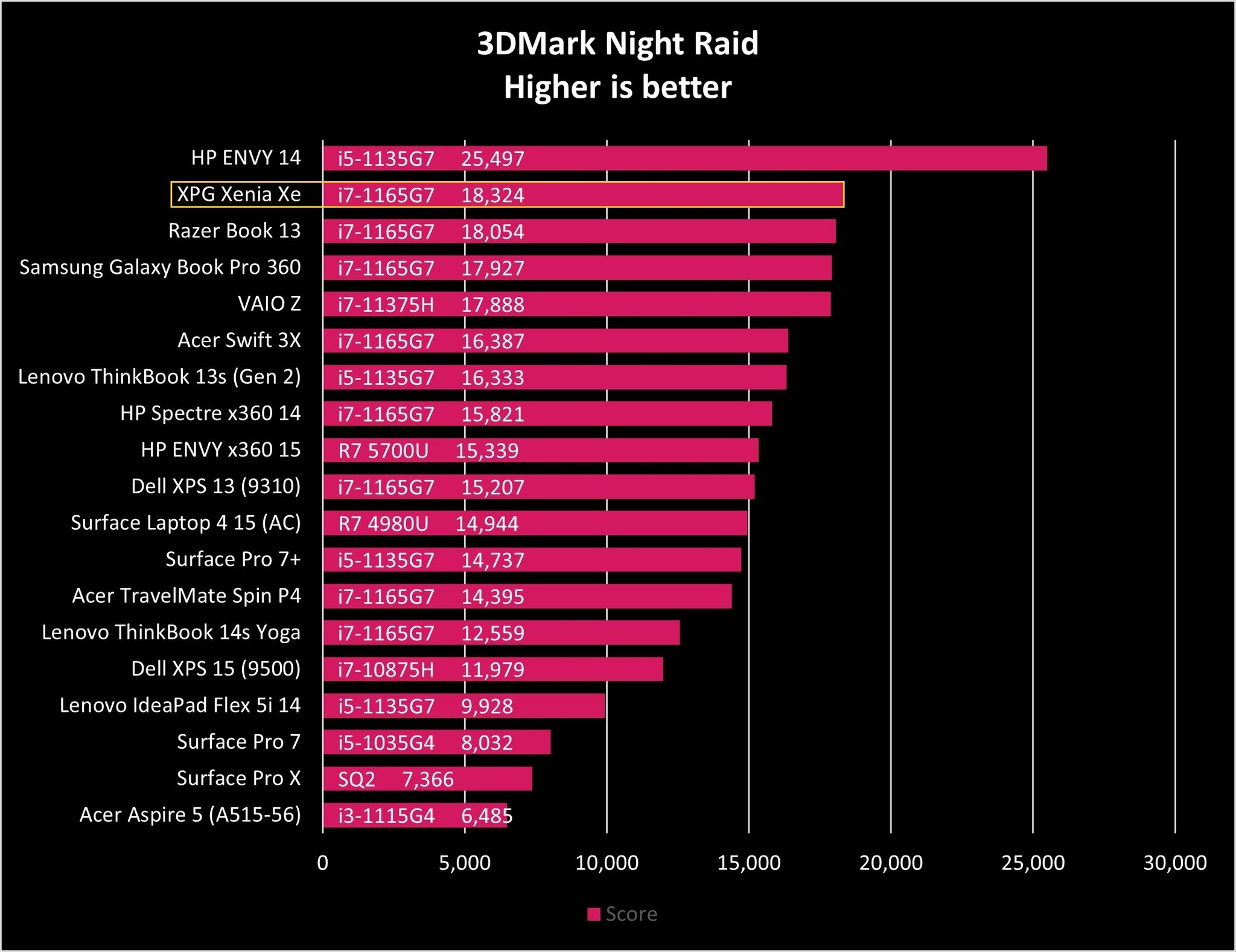
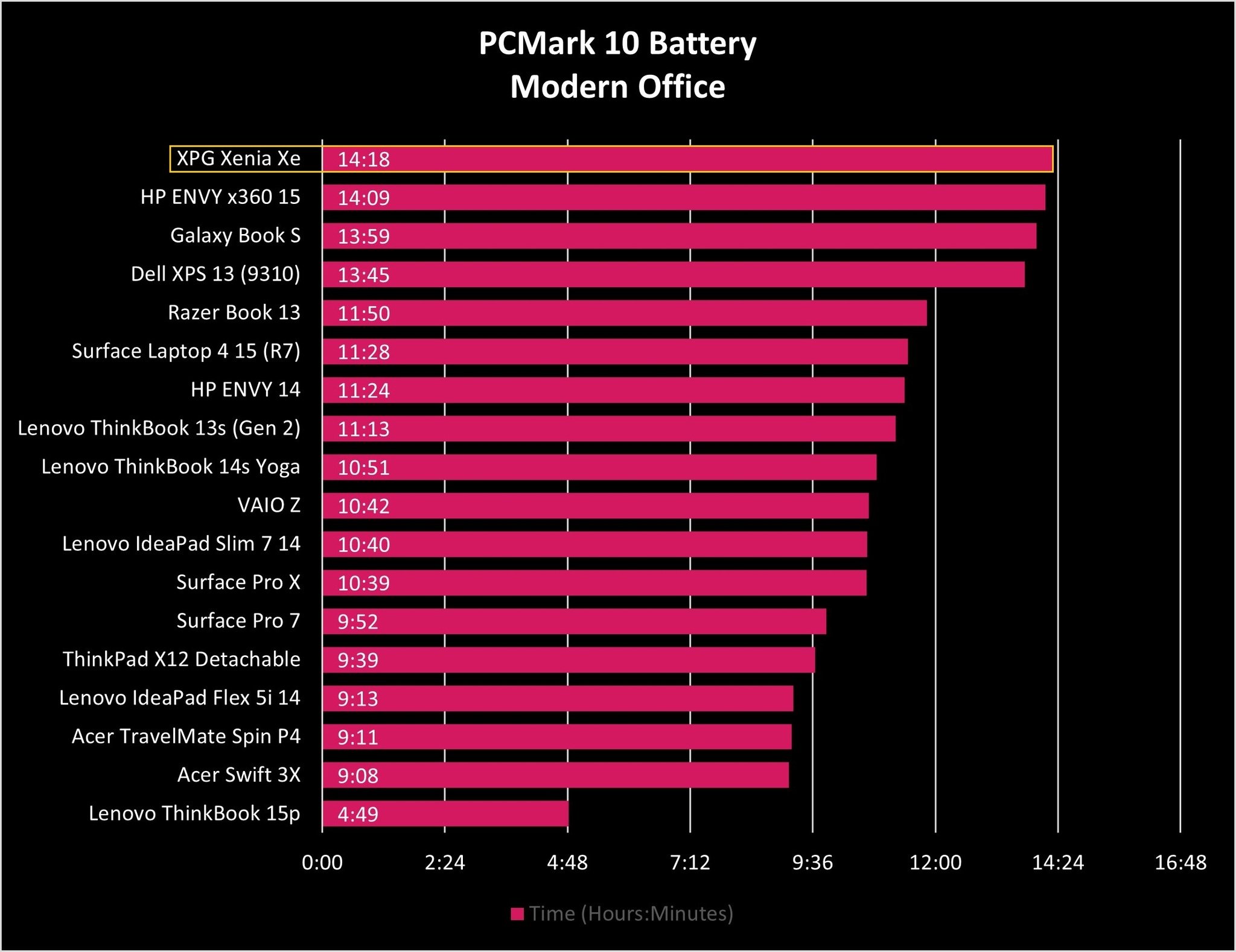
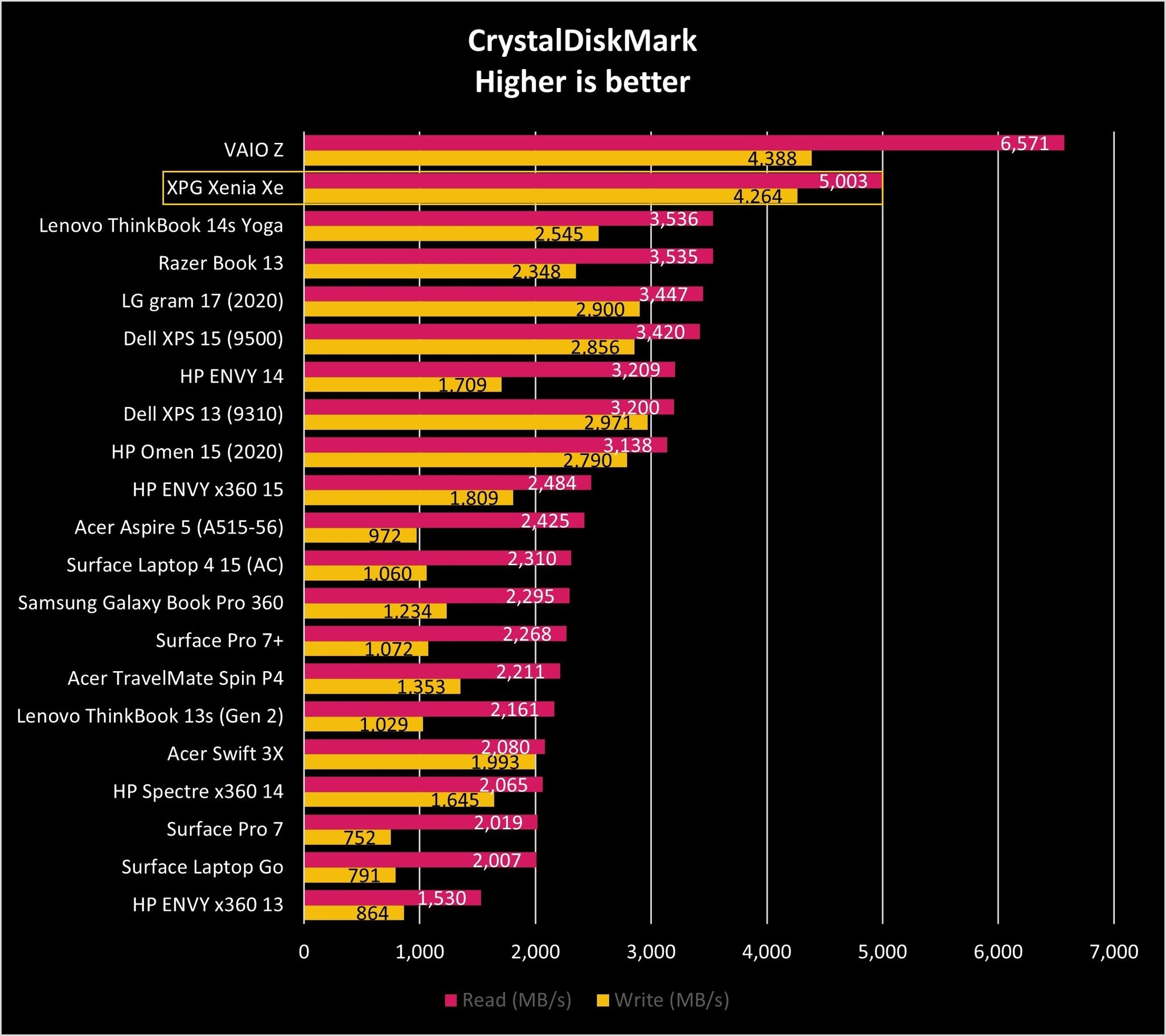
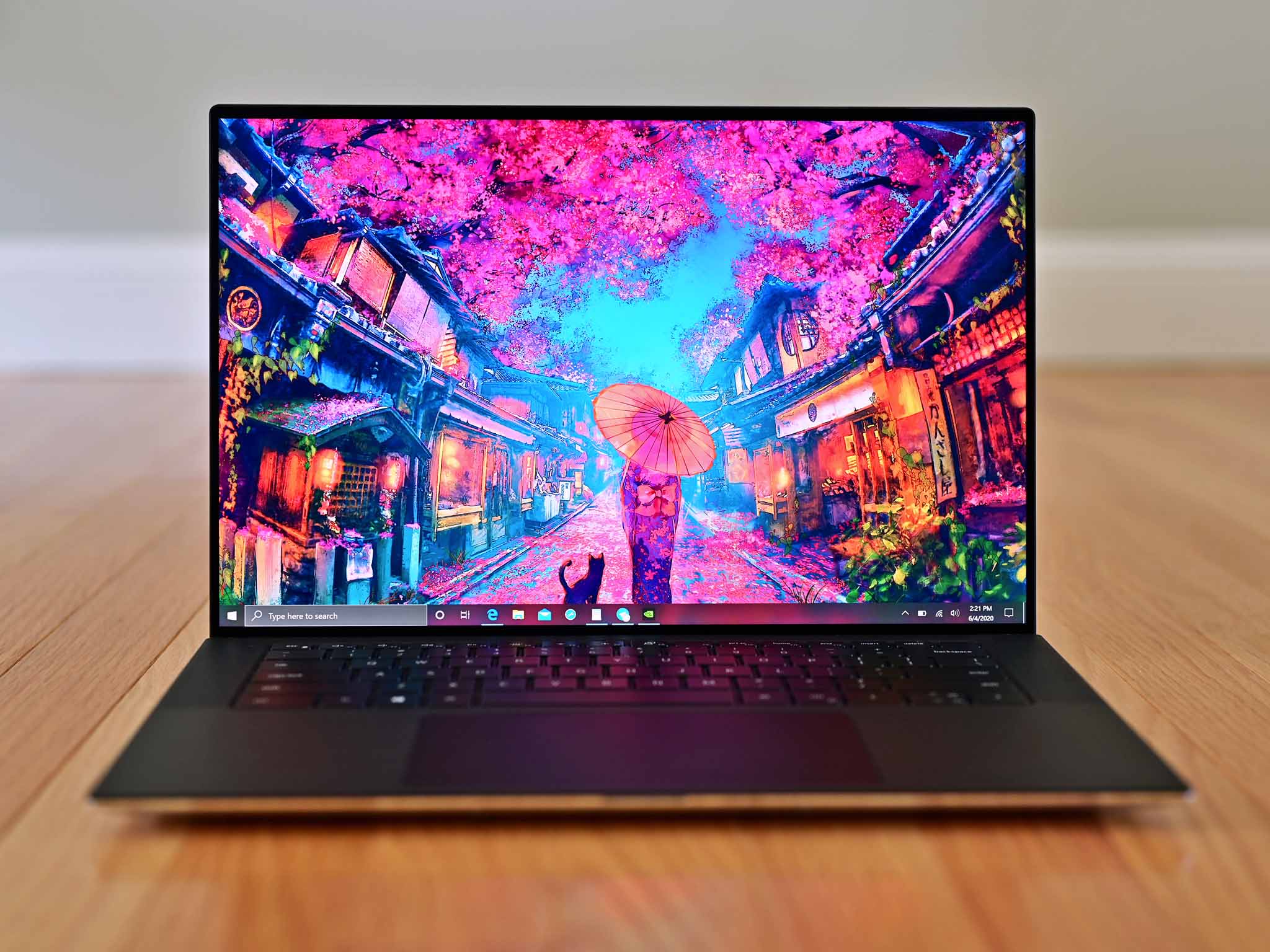




0 comments:
Post a Comment